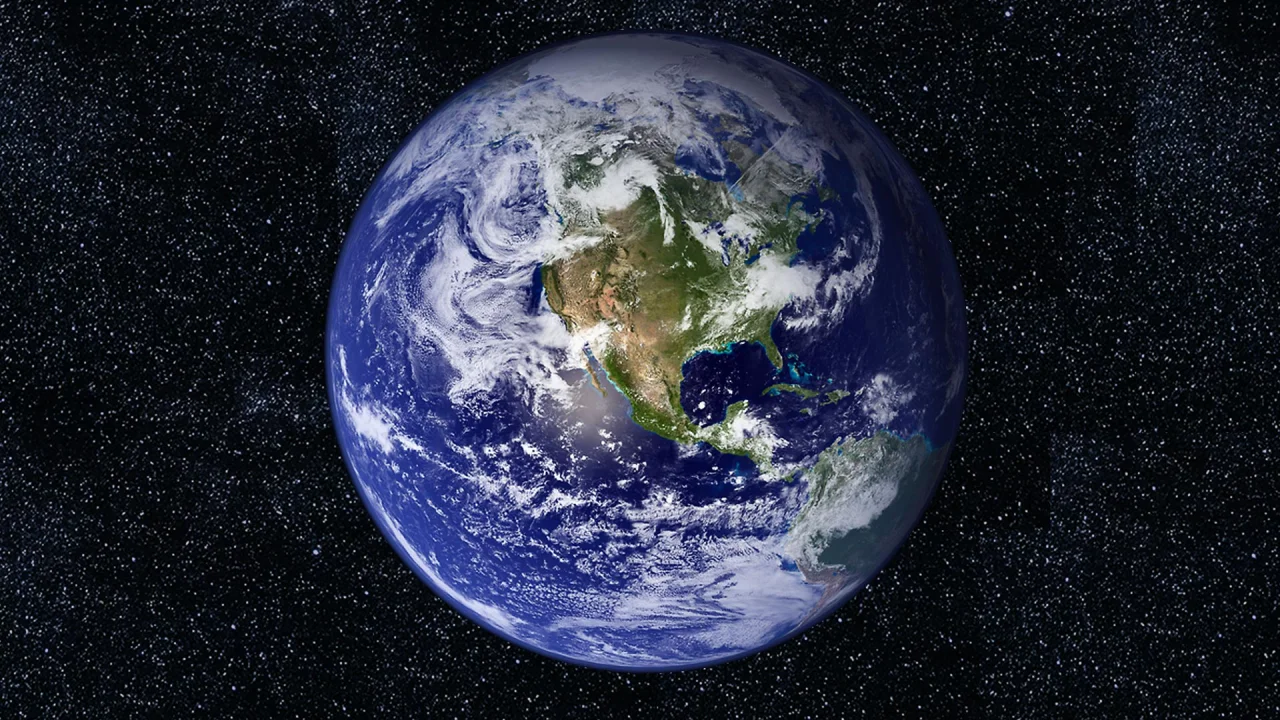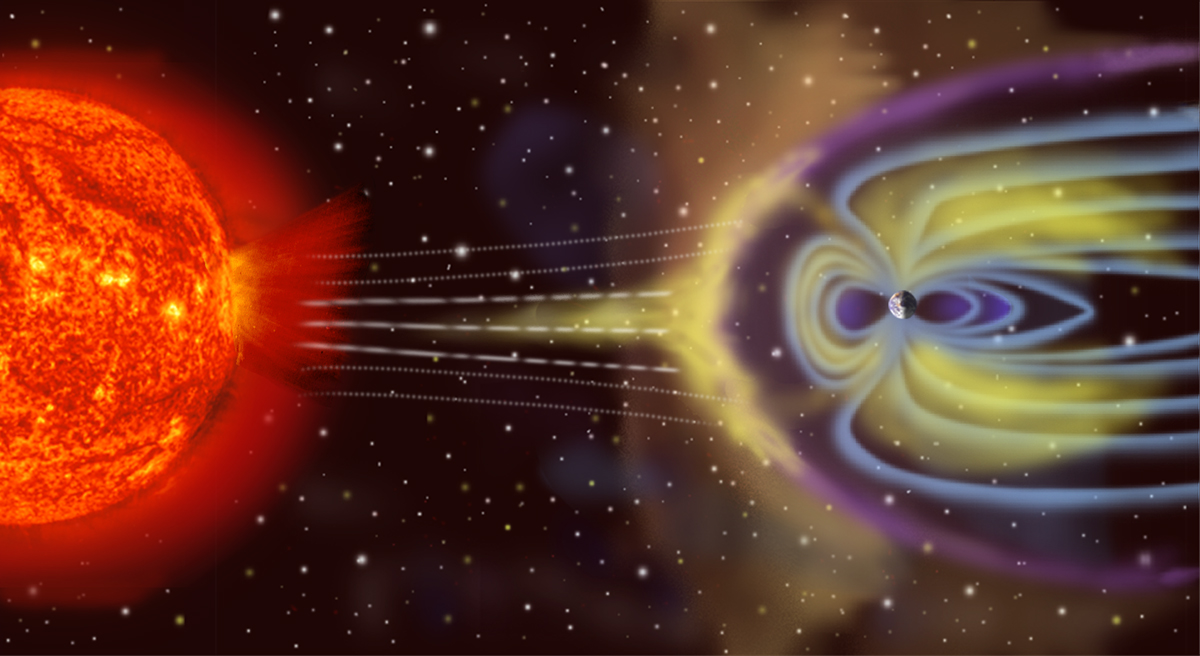Rotation is the spinning of a celestial body on its axis. For Earth, this daily rotation is responsible for the cycle of day and night.
Earth’s Rotation
- Duration: Earth rotates once on its axis in approximately 23 hours, 56 minutes, and 4 seconds. This is known as a sidereal day.
- Direction: Earth rotates from west to east, as viewed from the North Pole. This means that the sun appears to rise in the east and set in the west.
- Tilt: Earth’s axis is tilted at an angle of approximately 23.5 degrees to the plane of its orbit around the sun. This tilt is responsible for the seasons.
Effects of Earth’s Rotation
- Day and Night: The rotation of Earth causes the sun to appear to rise in the east and set in the west, creating the cycle of day and night.
- Coriolis Effect: The Coriolis effect is a force that causes moving objects to deflect to the right in the Northern Hemisphere and to the left in the Southern Hemisphere. This effect influences the direction of winds and ocean currents.
- Time Zones: The Earth is divided into 24 time zones to account for the different times of day around the world.
Changes in Earth’s Rotation
Over millions of years, Earth’s rotation has gradually slowed down due to tidal friction caused by the Moon. This slowing down is causing the length of a day to increase by about 1.5 milliseconds per century.
Would you like to learn more about the effects of Earth’s rotation on weather, climate, or human activities?



